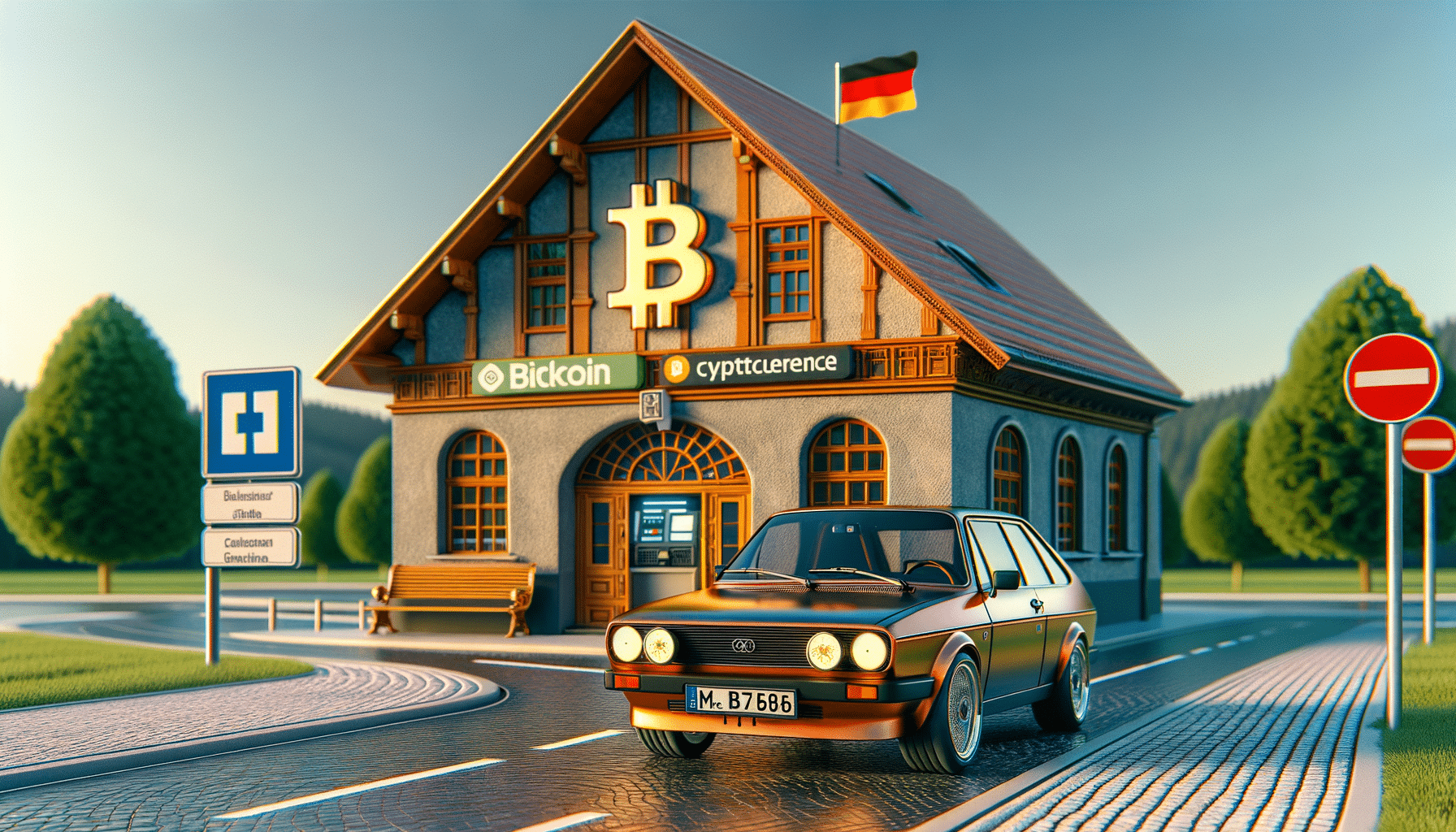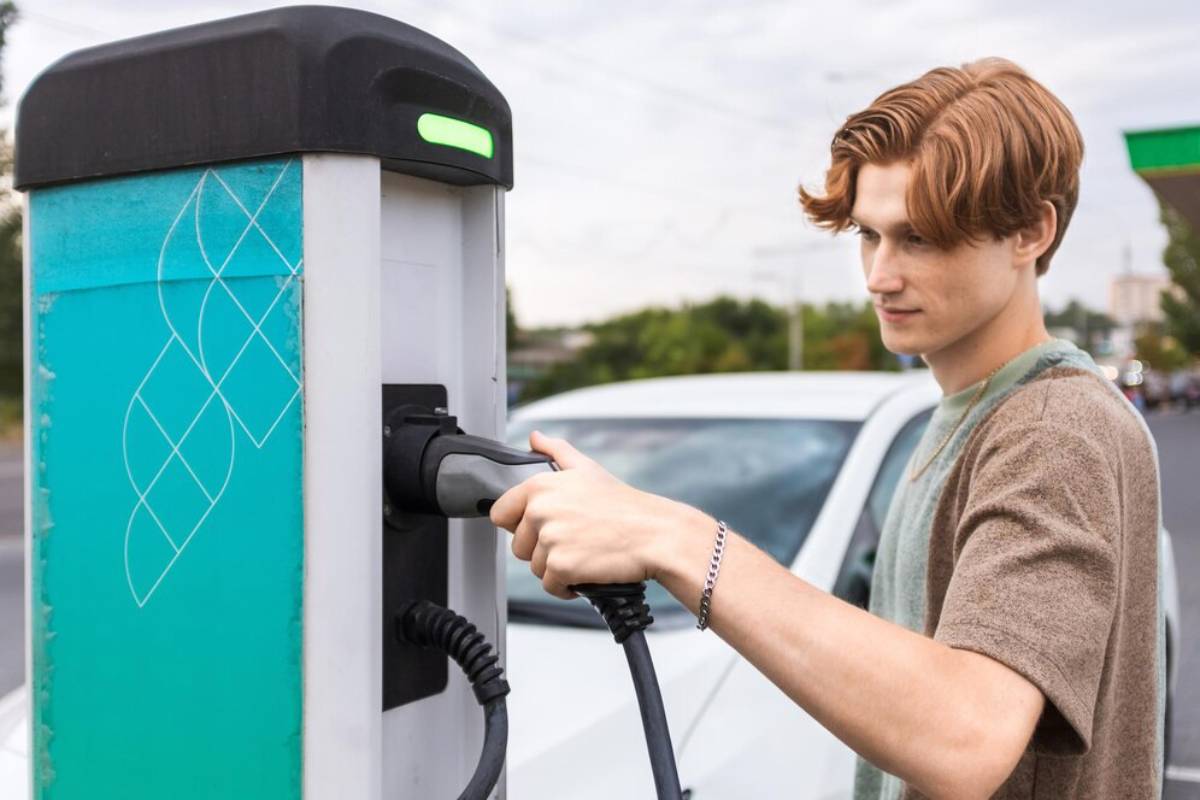
Ultra-Fast EV Charging: Speeding Up the Future
As electric vehicles (EVs) become more popular, discussions about EV charging infrastructure are increasing. One of the most pressing topics within this area is ultra-fast EV charging. As technology improves and more people want EVs, fast and efficient charging is key. This will help make electric transportation common. In this blog post, we will look at the future of fast EV charging. We’ll discuss rapid charging stations and how they affect EV infrastructure overall.
Introduction: The Need for Speed in EV Charging
Imagine you’re on a long road trip, and your electric car is running low on battery. The traditional charging stations may take hours to restore your charge, leaving you stuck in a waiting game. But now, with ultra-fast charging, drivers can wait just minutes. This lets them get back on the road almost right away.
This shift in how we think about charging is not just a convenience. It’s a vital component in making electric vehicles more accessible and practical for everyone. Ultra-fast charging stations aim to solve a major issue for EV owners: long charging times. This technology will make EVs more practical for long trips. But how does ultra-fast charging work? What infrastructure is required to support it? And what does the future hold for this game-changing technology?
In this post, we’ll explore key questions about ultra-fast EV charging. We’ll look at the technologies behind it, the importance of rapid charging stations, and what these changes mean for electric vehicle infrastructure in the future.
The Basics of Ultra-Fast EV Charging
What is Ultra-Fast Charging?
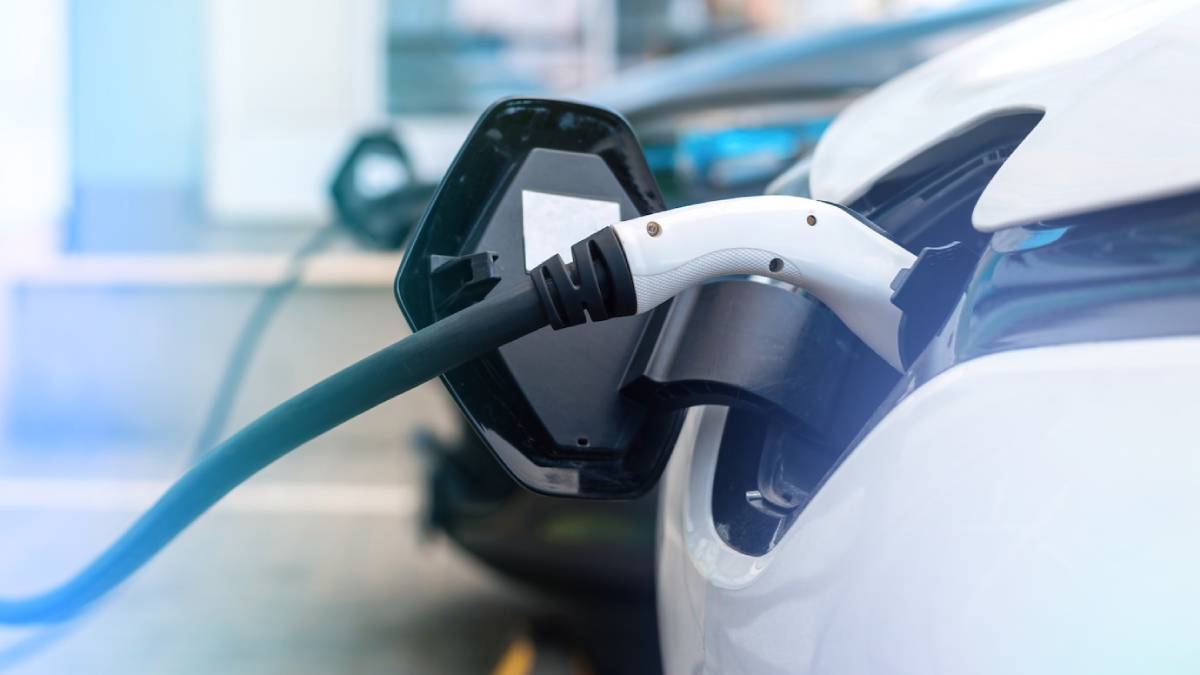
To understand ultra-fast charging, first know the difference in charging speeds. Traditional EV charging typically falls into one of three categories:
- Level 1 Charging: This is the slowest option, usually provided through a standard home outlet. It can take up to 24 hours or more to fully charge an EV.
- Level 2 Charging: Faster than Level 1, this is commonly found in public charging stations. It typically takes anywhere from 4 to 8 hours to charge an EV fully.
- DC Fast Charging (Level 3): This is where ultra-fast charging comes in. These stations are capable of charging an EV to 80% in as little as 20 to 30 minutes, using direct current (DC) instead of alternating current (AC).
Ultra-fast charging is part of DC Fast Charging. It offers the fastest charging speeds available today. Ultra-fast charging stations offer power outputs between 150 kW and 350 kW. This technology can greatly shorten the time an EV spends charging. As more people adopt electric vehicles, this speed is essential.
The Technology Behind Ultra-Fast Charging
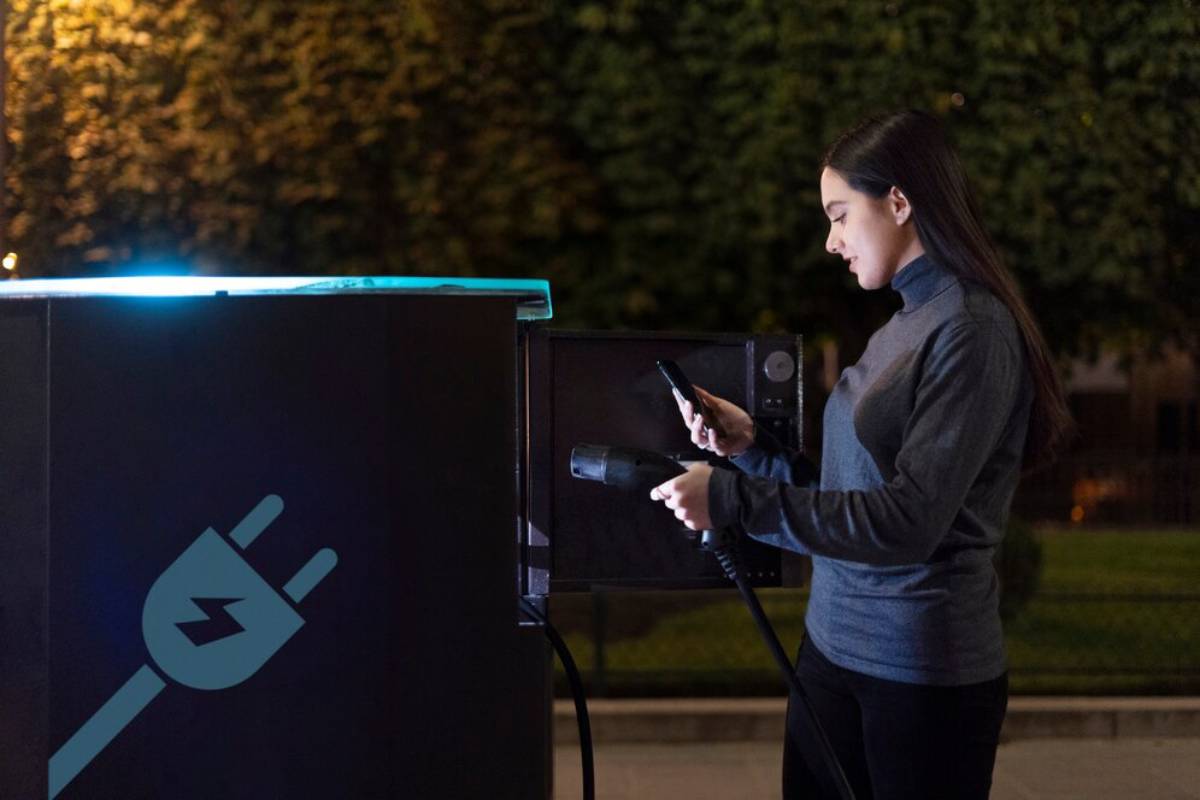
Ultra-fast charging technology relies on several advanced technologies to deliver power to EVs at such a rapid pace. Key components include:
- High-Power Charging Units: These are the heart of ultra-fast charging stations. It delivers more energy to the vehicle in a shorter amount of time.
- Liquid Cooling Systems: As more power flows through the charging cables, they can become very hot. Liquid cooling systems help maintain a safe operating temperature, ensuring efficiency and safety.
- Battery Management Systems: These systems in EVs and charging stations monitor charge rate, battery temperature, and more. They help optimize the charging process.
New technology lets us charge devices much faster than ever before.
The Role of Rapid Charging Stations in Accelerating EV Adoption
Meeting the Demand for Speed
As EV adoption accelerates, so does the demand for rapid and ultra-fast charging solutions. More and more, consumers want charging stations that fit their needs. This includes daily commutes and long-distance trips. Ultra-fast charging stations allow EVs to charge quickly while minimising downtime. This reduction in charging time addresses one of the primary concerns of potential EV buyers: range anxiety.
- Range Anxiety: Many people fear running out of battery before getting to a charging station. This worry is a major barrier to more people using EVs. With ultra-fast charging stations becoming more widespread, drivers can quickly recharge and get back on the road.
- Convenience: Busy people can charge their vehicle in just 15-30 minutes. This means less waiting and more time for driving.
Strategic Placement of Charging Stations
To make ultra-fast charging stations easy to access, we must place them wisely. Charging stations should be located along busy routes, highways, and near urban centres where high traffic is expected. Charging stations must be user-friendly. They should be well-kept and have several fast chargers to prevent overcrowding.
Cities like Amsterdam, Berlin, and Oslo lead the way. They have rapid charging stations set up in key spots. The UK is also making progress. More ultra-fast chargers are being installed on the motorway network.
The Challenges of Building Ultra-Fast Charging Infrastructure
Investment and Cost
A major challenge for ultra-fast charging is the high cost of infrastructure. Building a network of fast charging stations needs a lot of money for technology, installation, and upkeep. This cost can be a major barrier for smaller companies or local governments looking to expand EV charging options.
The long-term economic benefits of a wide charging network are clear. It boosts the EV market, improves air quality, and cuts down on fossil fuel use. Governments and private companies need to find ways to support these infrastructure projects. They should provide subsidies or incentives to ensure these developments can stay financially sound.
Grid Capacity
Another challenge is making sure the electricity grid can meet the demand from ultra-fast charging stations. Charging EVs quickly needs a lot of energy. If many cars charge at once in one area, it can overload the local power grid.
Grid operators are finding ways to balance energy supply and demand. They are exploring smart charging and vehicle-to-grid (V2G) technology for solutions. Smart charging systems improve the charging process. They charge EVs during off-peak hours. This way, demand is lower, which reduces strain on the grid.
The Future of Ultra-Fast Charging and EV Infrastructure
The Evolution of Charging Speeds
The future of fast EV charging lies in the continuous improvement of technology. We are already seeing advancements in ultra-fast charging speeds, with some stations capable of delivering 500 kW or more. This means that charging times could soon be reduced to just 10-15 minutes, making it even easier to incorporate EVs into daily life.
In the next few years, we might see new batteries. These batteries could charge faster and store more energy. This change would make ultra-fast charging even more practical. Researchers are finding ways to make charging systems more efficient. They aim to reduce energy loss during charging.
The Integration of Renewable Energy Sources
Another key trend in the future of ultra-fast charging is the integration of renewable energy sources into the grid. As the world shifts to cleaner energy, it’s vital that EV charging stations use renewable energy. We should not depend only on fossil fuels.
Many ultra-fast charging stations now use solar panels and wind turbines. This helps power the chargers and lowers the environmental impact of electric vehicles.
Autonomous Charging Stations
Looking even further ahead, we may see the rise of autonomous charging stations. These self-operating charging points can detect an EV. They start charging automatically, without needing any help from a person. This could significantly reduce the time spent at charging stations and enhance the overall experience for EV owners.
Conclusion: Fast Charging for a Fast-Paced Future
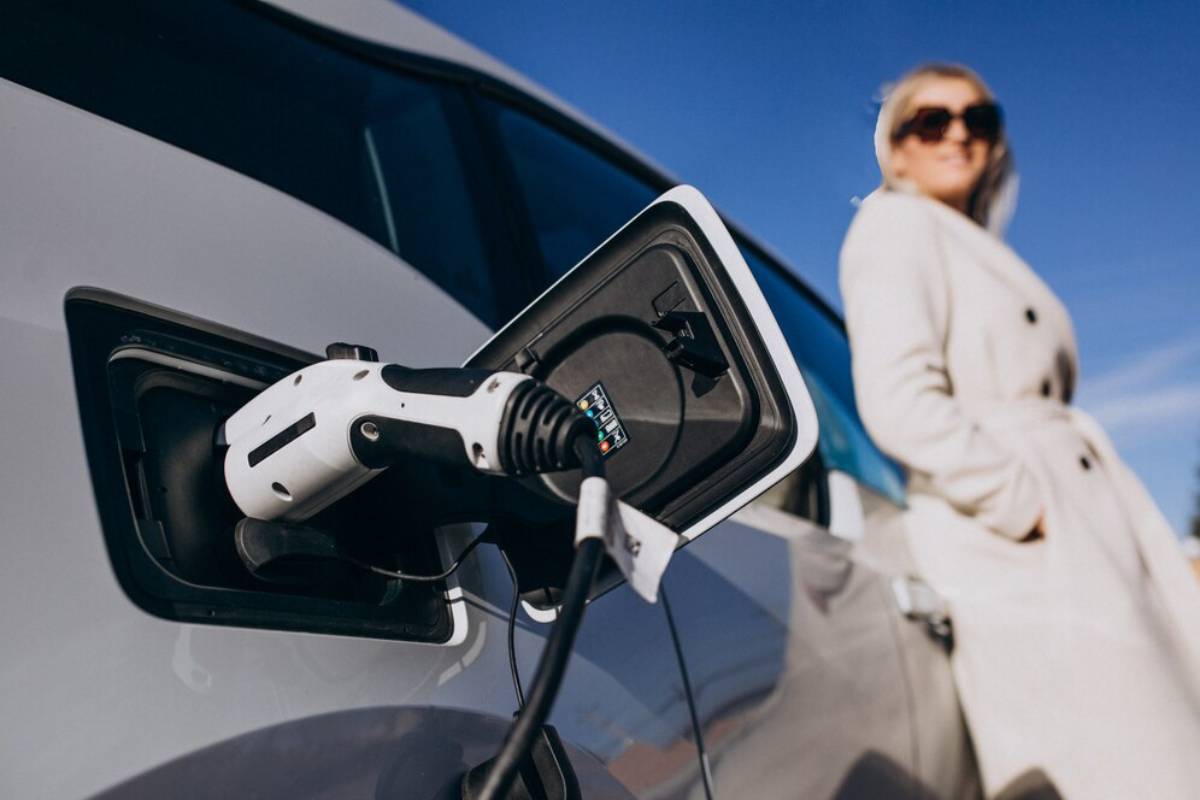
Ultra-fast EV charging is a game changer for e-mobility. It changes the electric vehicle landscape forever. Ultra-fast charging can recharge an EV in as little as 20 or 30 minutes. This addresses a big issue for EVs: lengthy charging times. Charging fast and easy will be key when the world begins to embrace electric mobility. It will help more people switch to electric vehicles. This will make it easier to move toward cleaner, more sustainable transport.
Quick charging stations and better charging tech are key to making ultra-fast charging a real option for drivers. EV adoption continues to grow, but the infrastructure must grow with it. Range anxiety is minimized, and long-haul trips are becoming less of a pain with ultra-fast charging systems. It enables EV owners to wait less and drive more.
Key Takeaways:
- Ultra-fast charging technologies can reduce EV charging times from hours to as little as 20 to 30 minutes.
- Rapid charging stations are key for long trips. They help ease worries about running out of power.
- As charging stations grow, investing in high-power chargers, liquid cooling, and smart grid technology will help meet the demand.
- The future of EV charging looks to use renewable energy. It also aims to improve battery technology and may even include self-driving charging stations.
The future of EVs looks bright. The charging infrastructure is quickly changing to support an electric world. Fast EV charging isn’t just convenient. It makes electric mobility a real, practical choice for drivers worldwide.
As ultra-fast charging networks continue to grow, it’s becoming more and more important to know what’s going on in your area. If you drive an electric vehicle or are considering owning one, you shouldn’t know your charging options. This will allow you to select what’s best for your driving and sustainability needs. Read the latest developments in EV infrastructure. Help grow charging networks. Champion for clean and efficient transportation.”
Let’s support ultra-fast charging for electric vehicles. This will speed up the shift to a cleaner, greener future for everyone.
